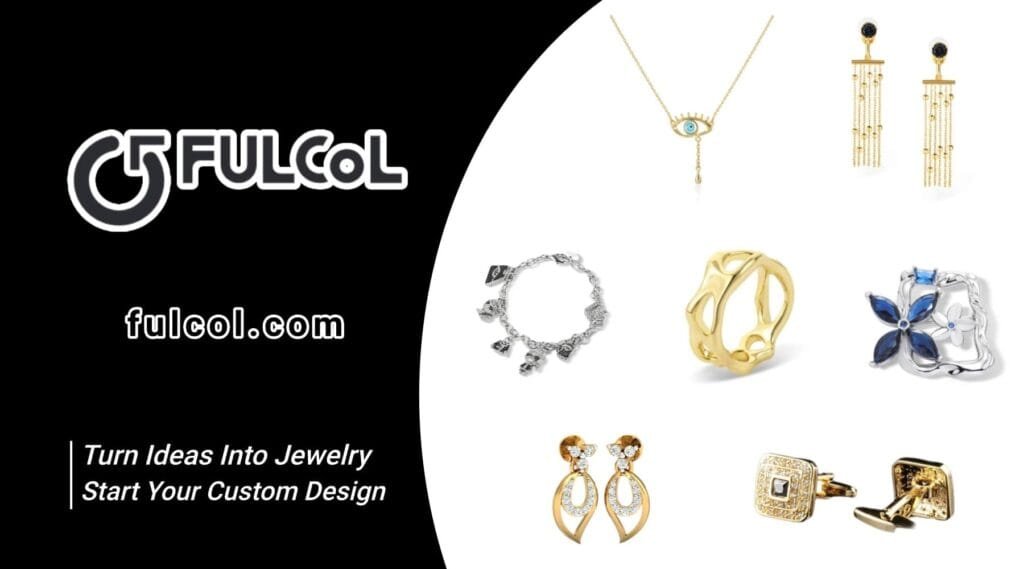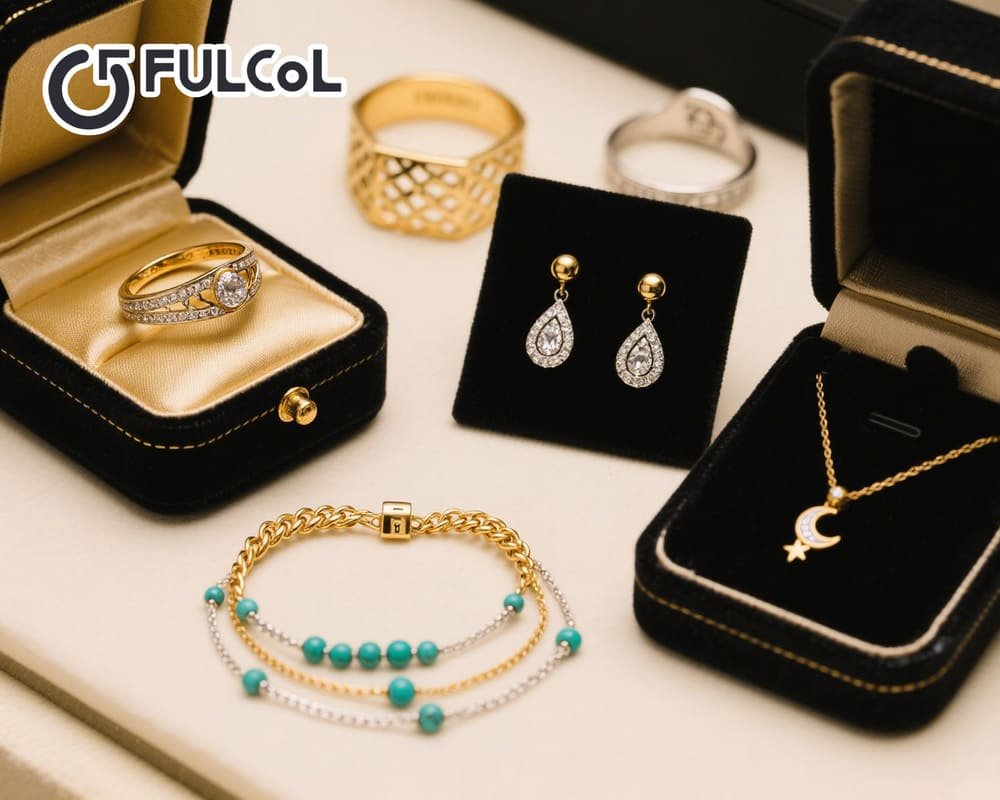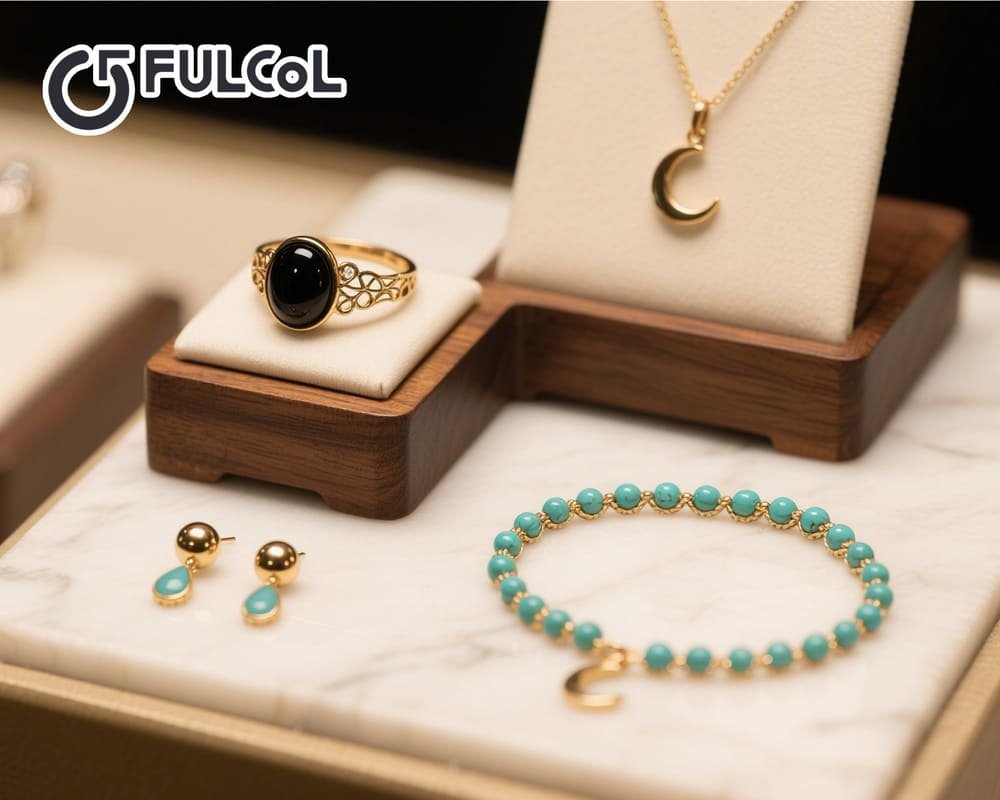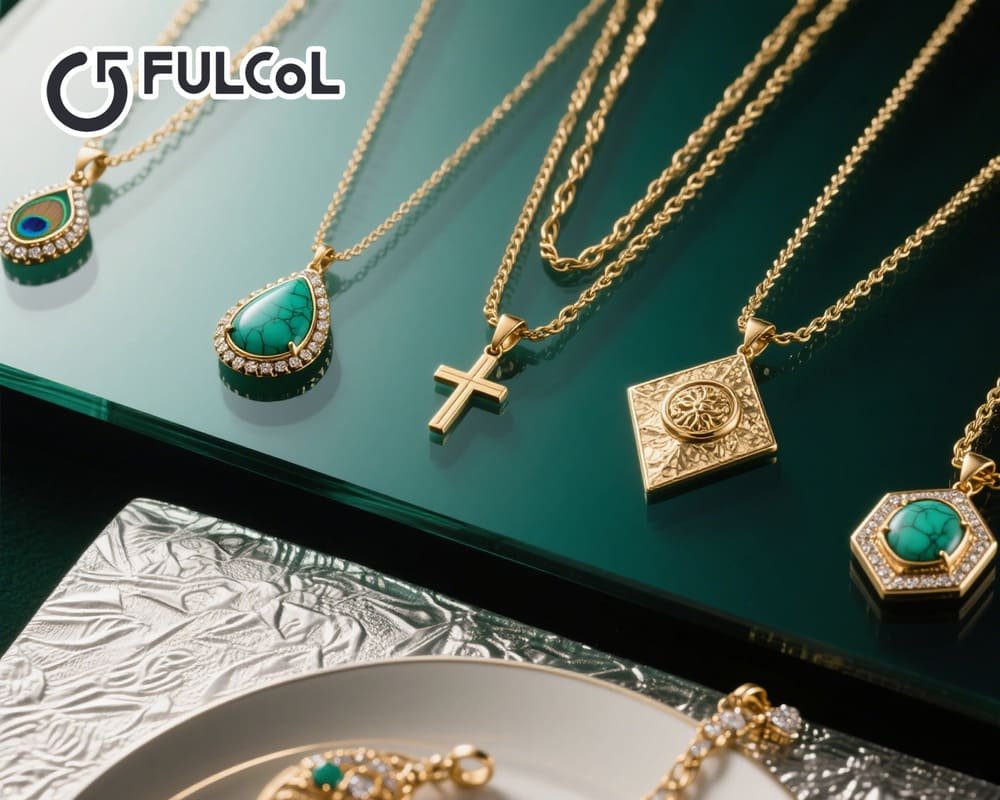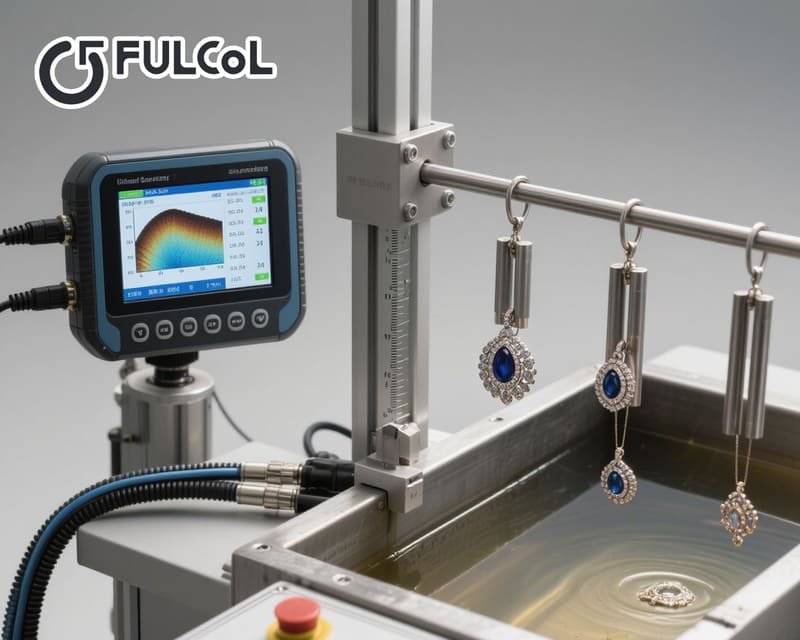When we talk about jewelry, we always think of dazzling diamonds and noble gold, but rarely stay at the soft silver light. However, sterling silver jewelry is quietly rising in today’s fashion circle with its warm and natural luster. It can show low-key elegance without losing exquisite texture. Whether it is daily commuting or exquisite attendance, it can give people a heart-warming highlight.
Fulcol silver jewelry wholesale manufacturer fully interprets for you: What is sterling silver? How is it different from other silver alloys? Why do you need to take good care of it? How can you restore the luster of silver jewelry at home? And all the detailed guides on the wearing experience, design style and maintenance points of sterling silver jewelry. Whether you are a novice in jewelry or an experienced enthusiast with an existing collection, you can find practical ways to improve your aesthetic taste and extend the life of jewelry here, making your story with silver jewelry more exciting and moving from now on.
Table of contents
What is sterling silver jewelry?
Definition and characteristics of sterling silver
“Sterling silver” usually refers to metals with a silver content of more than 99.9%, also known as “.999 silver” or “39 silver”. Compared with the common 925 silver (92.5% silver, also known as “Sterling Silver”), pure silver has a purer color and softer luster due to its very few impurities. Physically, it is soft, easy to polish and shape, and suitable for engraving delicate patterns and complex structures; chemically, pure silver contains almost no heavy metal elements that can cause allergies, so it has a high affinity for sensitive skin.
Difference from silver alloy
Hardness and durability:
- Pure silver has a lower hardness and can be hand-carved with finer lines, but it is easy to pull or scratch.
- 925 silver has increased hardness by adding metals such as copper, making it more suitable for frequent wear.
Color difference:
- The luster of pure silver is closer to natural light, showing a warm and white texture.
- Alloy silver may be cold white or slightly yellow under the light, and the style is sharper.
Applicable occasions:
- Pure silver is often seen in exquisite handmade jewelry, high-end design models, and collectible artworks.
- 925 silver is widely used in the production of daily jewelry because of its cost and durability advantages.
The aesthetic value of sterling silver
Sterling silver is known as the “metal of the moon”, and its warm luster contains a low-key sense of luxury. It is not ostentatious, but it can emit a soft glow in the dim light, just right to set off the temperament of the wearer. Designers often use the plasticity of sterling silver to create streamlined, carved textures or hollow patterns, making each piece of silver jewelry as unique as a work of art.
Will sterling silver change color?
Principle of color change: sulfidation
Sterling silver is extremely stable in a pure environment, but in a sulfur-containing environment, a very thin layer of silver sulfide (Ag₂S) will be generated on the surface, showing dark gray or black spots. This is the natural result of the reaction between the metal and trace amounts of hydrogen sulfide in the air. Unlike copper jewelry that produces green patina, the “color change” of sterling silver is more inclined to dark or dull, rather than glaring green.
“Invisible” sulfidation in daily scenes
Skin secretions: trace amino acids and sulfides in sweat will accelerate the sulfidation of silver jewelry surface.
Cosmetic ingredients: ingredients in perfume, shampoo or sulfur-containing detergents will react with the silver surface.
Environmental pollution: industrial sulfates in urban air and hydrogen sulfide in the home can cause oxidation.
How to prevent discoloration
Wipe before and after wearing: Use a soft, fiber-free cloth to gently wipe the surface of the jewelry to remove residual grease and cosmetics.
Avoid high-sulfur environments: Remove silver jewelry when doing housework, swimming or contacting chemical cleaning agents.
Use protective agents: You can spray a transparent protective film on the surface of the jewelry, or use professional antioxidant sprays regularly to form a “protective barrier”.

Does pure silver lose its luster easily?
Wear and staining work together
Even if it does not discolor, pure silver will gradually lose its luster due to tiny scratches, dust and oil accumulation during daily wear. These “small wear and tear” are often not easy to detect, but they erode the mirror feel of silver jewelry unknowingly.
The key to restore and lasting luster
Light polishing: Use a special polishing cloth, and avoid using skin care products with coarse particles or other non-special cloths.
Deep cleaning: For fine seams and complex hollow structures, you can prepare ultrasonic cleaning or a soft brush to go deep into the gaps to remove stains.
Regular maintenance: Integrate cleaning and polishing into daily care, 1-2 times a month to keep it bright for a long time.
How to clean and maintain sterling silver jewelry
To help you get started quickly, the following content combines my years of practical experience in jewelry workshops and recommends a complete set of “full-link” maintenance solutions from home-made to professional tools.
Daily quick maintenance
Microfiber polishing cloth: After each wear, wipe gently with a clean polishing cloth to remove sweat stains, grease and daily dust.
Store separately: Put each piece of jewelry separately in a small cloth bag or a soft velvet-lined jewelry box to prevent friction with each other.
Household cleaning practice
Aluminum foil + baking soda reduction method
Principle: Reduce silver sulfide to metallic silver by using the redox difference between aluminum and silver in alkaline solution.
Operation steps:
- Prepare a glass bowl and lay a layer of aluminum foil.
- Pour warm water, add baking soda and a little salt, and stir evenly.
- Immerse the silver jewelry completely and let it stand for 3-5 minutes.
- Scrub gently with a soft brush, then rinse with clean water, and finally wipe it thoroughly with a dry cloth.
Note: This method is not suitable for gemstones such as pearls and corals that are easily affected by chemicals.
Gentle polishing with toothpaste
Tool selection: Soft toothbrush or cotton swab without particles.
Operation process:
- Apply a small amount of white toothpaste (without particles) evenly on the surface of the jewelry.
- Circulate gently with small circular motions and scrub key areas.
- Scrub and dry with a soft cloth.
Warm reminder: Do not use too much force to avoid scratching fine patterns.
Professional tools for deep maintenance
Jewelry polishing cloth (Sunshine Cloth)
- Contains special polishing agents, which can remove the oxide layer while wiping.
Ultrasonic cleaning machine
- With the help of ultrasonic micro-vibration, tiny particles are shaken off, especially suitable for chains, hollows, and complex pattern jewelry.
- Need to use a special cleaning solution to avoid long-term use to damage the inlaid gemstones.
Professional silver cream (Wright’s Silver Cream)
- Scrape off stubborn black spots, but be sure to try it in an inconspicuous place before operation to ensure that there will be no uneven wear on the surface of the jewelry.
Storage and long-term protection
Sealed anti-oxidation bag: Wrap the jewelry with a moisture-proof and anti-oxidation bag and put in a desiccant; it can significantly slow down the oxidation rate.
Anti-sulfurization strips: Add small strips containing activated carbon or sulfide inhibitors, replace them regularly, and keep the environment clean.
Regular re-inspection: Take it out and check it every 3-6 months, and deal with initial oxidation or loose inlays in time.

Advantages and Disadvantages of Sterling Silver Jewelry
Advantages
Comfortable to wear
Sterling silver is skin-friendly and does not contain allergenic elements such as nickel and lead. It can be worn safely even on sensitive skin.
Strong artistic expression
Soft silver is easy to carve, and can achieve smooth lines, exquisite relief and complex hollowing craftsmanship.
Friendly and stylish
It is cost-effective among precious metals, which can reflect the wearer’s taste without having to bear excessive costs.
Disadvantages
Requires careful maintenance
Compared with alloy silver, sterling silver is more prone to minor deformation and sulfidation, and requires regular maintenance.
Scratch resistance is slightly weaker
If it is frequently in contact with hard materials when worn, fine scratches are likely to appear on the surface, affecting the gloss.
| Start Your Custom Order | Email: info@fulcol.com | Number: +86 13055603907 |
Sterling silver jewelry is unique among many accessories for its warm luster and skin-friendly properties. Although it requires more attention and maintenance due to its soft material and chemical activity, as long as you master the correct cleaning, polishing and storage methods, you can easily continue its original brilliance.
- Choose the right style: Choose sterling silver or 925 silver jewelry according to the purpose and style.
- Build a maintenance tool kit: prepare polishing cloth, household cleaning materials and storage box.
- Make a maintenance plan: incorporate “quick wipe + deep cleaning” into daily and monthly tasks.
- Pay attention to details: deal with initial oxidation spots in time to avoid the spread of discoloration.
Let us continue to care for each piece of sterling silver jewelry with a more professional attitude and more meticulous methods from now on, so that they will shine for a long time on your fingertips, neck and wrist. Choose Fulcol chinese jewelry manufacturers to turn your ideas into reality.
